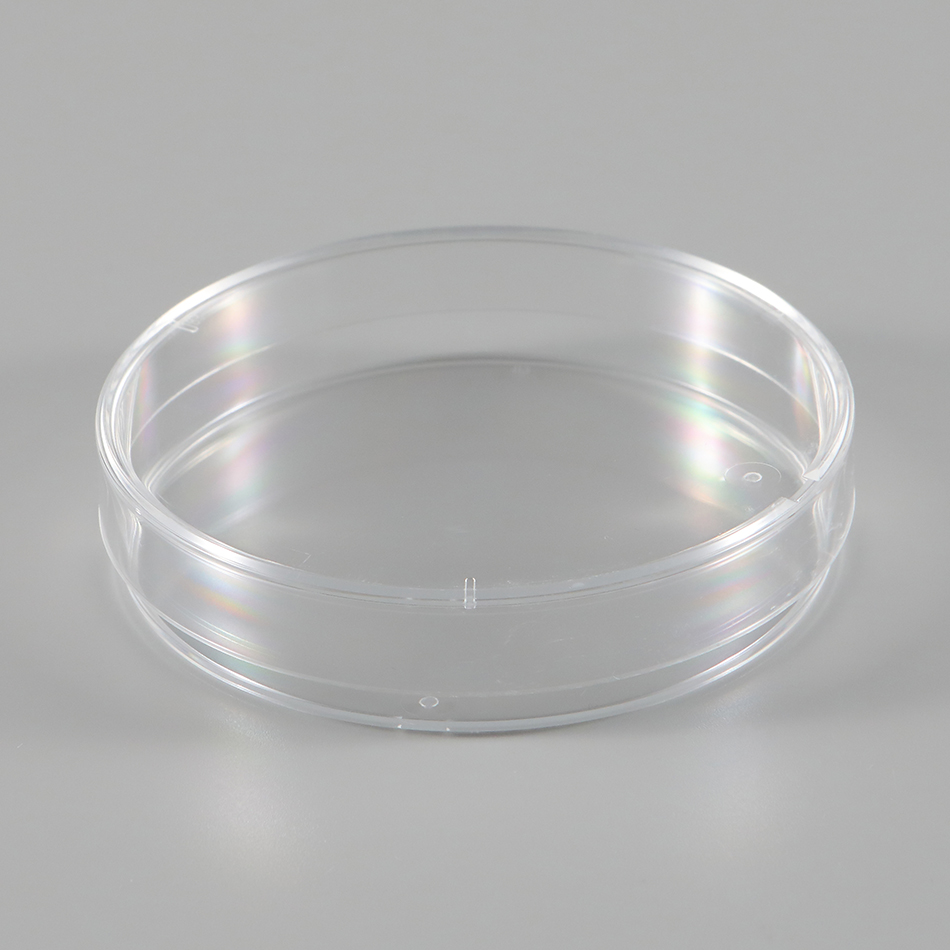Today, we have more and more abundant oils on the table, and we have paid more attention to the nutritional value of edible oil. Recently, some "alcoholic remedies" spread wildly and spread widely in social media such as WeChat. Some people in the WeChat circle of friends brush their screens. “For high-quality, high-grade oils, it is recommended that families or children drink with a spoon every day, so that they can take care of their brains and health care.†So, can you use spoon to drink oil every day? The higher the grade, the more nutritious the oil? Edible oil is also divided into "three six nine and so on." According to the grain and oil expert Fan Tie, the national edible oil standard was originally divided into two grades: primary oil and secondary oil. Since the development of refining technology in the 1970s, the "high cooking oil" grade was created. . High cooking refers to more refined oil than primary oil. At present, there are edible oils on the market that are special grades, and some are grade one or grade two. Is the higher the grade, the higher the nutritional value of the oil? The higher the grade of oil, the higher the degree of refinement. According to Wang Ruiyuan, chief expert of the Chinese Cereals and Oils Institute, oils before refining are called “hair oilâ€. The national standard for edible oil in China stipulates that “hair oil†must be refined to remove harmful components such as benzo (a) pyrene, aflatoxin, solvents, pesticide residues, polycyclic aromatic hydrocarbons, and certain "impurities" such as Free fatty acids, gossypol, and colloids. “Fair oil†can achieve both the purpose of removing harmful impurities and retaining a variety of nutrient components through moderately refined processing. Among them, the degree of refining of the primary and secondary oils is relatively high, and after degumming, deacidification, decolorization, deodorization and other processes. After refining, the contents of harmful components in the primary and secondary oils are low, but some nutrients are also inevitable to be lost. The degree of refining of the third and fourth oils is relatively low, and only after a simple degumming, deacidification and other procedures, resulting in high levels of impurities, but relatively large reserves of carotene, chlorophyll, vitamin E and other nutrients ingredient. Therefore, people in the industry pointed out that judging the nutritional value of an edible oil can not only look at the grade, it is necessary to comprehensively look at the components and quality limit values ​​of edible oil. Of course, whether it is a primary oil or a fourth-grade oil, as long as it meets the national health standards, consumers can feel comfortable choosing it. Daily oil intake should not exceed 30 grams In recent years, as people learn more about oils and fats, many people tend to choose flaxseed oil, perilla oil, etc. rich in linolenic acid, or olive oil rich in oleic acid. For the WeChat circle of friends, the “spoiling of oil with a spoon,†said Liu Ye, a national public nutritionist, said that no matter how good the oil is, it is easy for parents and children to drink oil with a spoon. The daily intake should not exceed 30 grams, the children are even more so. Grease is a pure energy food that can provide 9 kcal per 1g, while a normal spoon can hold at least 10g of fat. Liu Ye added that “if we do not reduce the consumption of cooking oil and nuts, this part of the calories is an additional addition. Then these excess calories will be stored in the body in the form of fat, so it seems that The harm it brings to us is more than good." Obviously, if you want good quality edible oil to play a good role for us, you need to choose the right method. Liu Yu suggested that a wide variety of oils and fats can be mixed and used. Each type of oil can be purchased in medium and small bottles and eaten daily, weekly, or monthly. This can not only make the intake of fatty acids relatively balanced, but also enable the preservation of fats and oils. Relatively easy, and the oils eaten are also relatively fresh, safe and hygienic. (Yang Yeping)
A petri dish is a laboratory vessel used for microbial or cell culture, consisting of a flat disc-shaped bottom and a lid, generally made of glass or plastic. The materials of petri dishes are basically divided into two categories, mainly plastic and glass. Glass can be used for plant materials, microbial culture and adherent culture of animal cells. The plastic ones may be polyethylene materials, which are disposable and multiple-use, suitable for laboratory inoculation, streaking, and bacterial isolation operations, and can be used for the cultivation of plant materials.
Petri Dish,Bacteria Dish,Petri Dish For Growing Bacteria,Laboratory Plastic Petri Dish Jiangsu HXRT MD Co.,Ltd , https://www.jshxrtmed.com